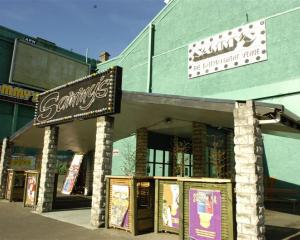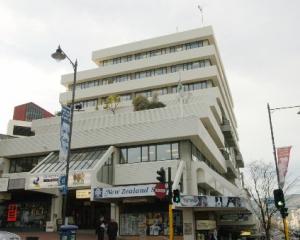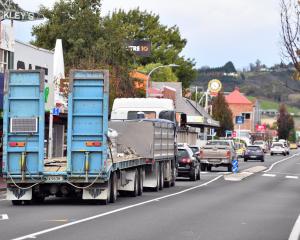His comments came during yesterday's 2011-12 pre-draft annual plan hearing deliberations as attention turned to whether to proceed with the fourth stage of the museum's upgrade.
Councillors were considering a report outlining the impact of delaying the project, after Cr Syd Brown suggested some capital projects would have to be deferred to save money.
The $8.6 million stage four involved construction of a new museum entrance, foyer and shop and housing for the steam locomotive Josephine.
The report by council community life general manager Graeme Hall said a 12-month delay to stage four would reduce rates funding required by $141,000, which was the saving on interest payments for the $8.6 million during the 2011-12 year.
However, delays could also bring additional costs, including inflation, reduced revenue and the continued storage of Josephine off site, and put external funding at risk, he said.
Overall, consultants believed savings could not be achieved, and a delay could in fact increase overall costs.
Mr Cull was among those to throw his support behind the project yesterday, saying there would be "a major risk" to external funding for the project, and the museum's future, if it was not completed.
A letter from the Government confirmed its funding of $1.5 million would have to be reconsidered if the scope of the project changed, he said.
"I think the attraction would be at risk.
"I think the viability of the whole museum would be put at risk were it not to be completed.
"It needs an entrance," he said.
Earlier yesterday, museum director Linda Wigley defended the project in the face of questioning from some councillors, saying the entrance would include space for a shop and functions, as well as leading visitors to the starting point of chronological exhibitions.
Without the entrance, the customer experience would suffer, she said.
"We won't have a reception or a fully functioning entrance to the museum.
"It would affect the proposed visitor flow through the museum ... it would be coming in part-way through the story," she said.
Cr Lee Vandervis led the attack on the entrance, describing it as a "great triangular glass box folly" and asking why the museum could not survive without a smaller, simpler entrance.
"We don't have $8 million to build this triangular box.
"It's going to have to be borrowed when we have got no headroom left," he said.
Cr Brown said the decision was one for councillors, and he supported the museum project's first three stages, which upgraded storage and exhibition spaces.
However, the entrance planned as stage four was an optional extra that, while "nice", could afford to be deferred, he believed.
He was "a little disappointed" the staff report considered delaying the project by only 12 months, rather than several years, and believed consultants' advice that savings could not be achieved was based on a "vested interest".
However, other councillors opposed any cuts, with Cr John Bezett saying the council was in danger of making the same procedural mistake he believed it made when it axed plans for the realignment of Lovelock Ave.
The museum project had been under way for years, a staff report had clearly identified the disadvantages of scrapping the project, and very few councillors fully understood the implications of doing so, he believed.
"The process, I think, is so wrong," he said.
Cr Bill Acklin said the impact of delaying the project was not worth the effort, and urged councillors to complete the project "and do it properly", while Cr Fliss Butcher argued the result would be a museum that would be the envy of New Zealand, and possibly Australia.
Cr Richard Thomson said savings would be offset by new costs created as a result, and any delay would be "shortsighted", and deputy mayor Chris Staynes said the report's conclusions meant a delay "really isn't that attractive".
Councillors voted 10-5 to proceed with the fourth stage of the upgrade, subject to public consultation on the 2011-12 annual plan.












